I'm using sklearn.cluster.AgglomerativeClustering. It begins with one cluster per data point and iteratively merges together the two "closest" clusters, thus forming a binary tree. What constitutes distance between clusters depends on a linkage parameter.
It would be useful to know the distance between the merged clusters at each step. We could then stop when the next to be merged clusters get too far apart. Alas, that does not seem to be available in AgglomerativeClustering.
Am I missing something? Is there a way to recover the distances?
